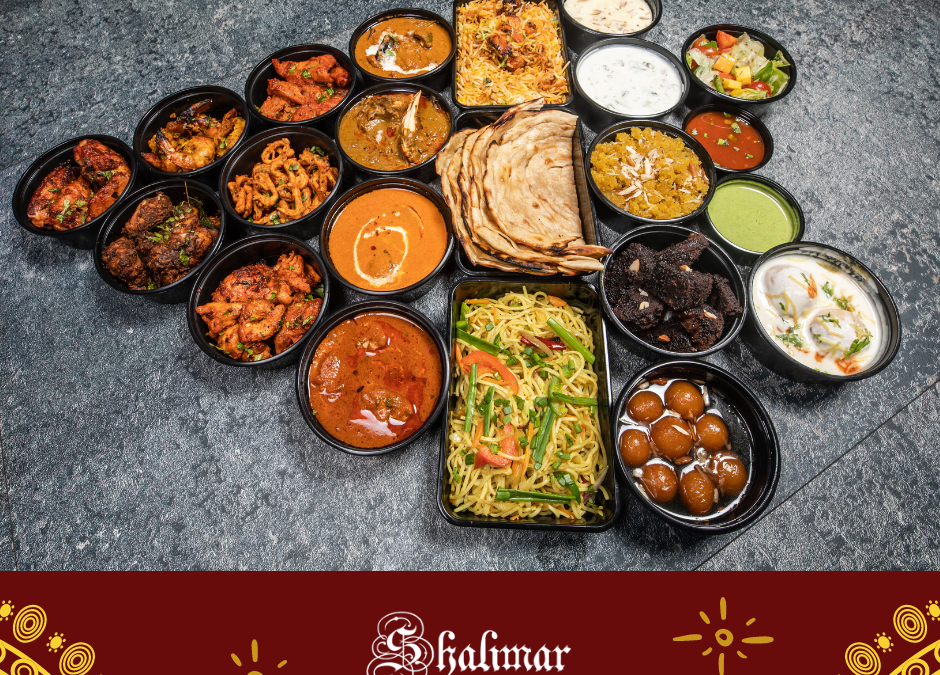
The Spicy Flavors of India – A Food Lover’s Guide
January 17, 2023
The Best Indian Dishes You Have to Try
January 17, 2023Indian food is not just about the spice and flavours, but also the diverse regional variations. Each region in India has a different and unique food culture. The climate, geographic location and available resources play a role in shaping the food culture of each area.
Throughout its history, Indian cuisine has been influenced by various cultures, including the Portuguese and the Arabs. In the sixteenth century, these cultures introduced new-world vegetables into the subcontinent. These new foods became staples in Indian cuisine.
Food in India is seasonally dependent, and many ingredients are available throughout the year. Traditionally, the focus has been on fresh, local and seasonal produce. However, in the last few decades, industrialization and globalization have altered this diet. Now, the focus has shifted to processed and industrialized foods.
Typical Indian meals contain a variety of ingredients, ranging from rice and dhals to meat and vegetable curries. These dishes may be accompanied by a wide array of condiments, such as chutneys and bhujiya. Several types of pickles are popular. For example, mirchi bada and achar are widely eaten. Many snacks are also consumed in India, such as samosas and kachori.
Regional differences in Indian cuisine exist due to geographical, cultural, political and religious factors. While some areas are known for their exotic spices and unique foods, others are simply known for their abundance of rice and lentils. All these areas have different cooking methods, too.
For example, the Northern part of the country has a focus on dairy products, such as ghee and paneer. In the inland areas, pork and fish are important foods. Southern regions of the country tend to use rice more. Rice is a staple grain in both the North and South, and is steamed or dehusked for use in dishes. It is also common to combine rice with meat and spice-based vegetable dishes. Similarly, a variety of fresh fruits are grown and used in Eastern India. Fenugreek seeds and coconut are also used in a number of dishes.
In addition to its traditional flavors, the cuisine is often rich in caste-based ingredients. For instance, in the East, gram flour and fenugreek are often added to curries. Moreover, milk is a very important ingredient in sweets. Various types of fried wafers, called rotis, are eaten in the North. Similarly, stuffed griddle-fried breads are eaten in the south.
While Indian food has long been a culturally important aspect of life, it has become increasingly popular overseas. A growing number of chefs and restaurateurs are exploring their own regional variations of the food, which is proving to be a source of inspiration to a growing fine dining movement. This is a great opportunity for the world to taste a bit of India.
With the rising popularity of Indian cuisine, it is expected. Today, many restaurants feature international dishes, which are often a hit with tourists and the growing middle class. Nevertheless, the region's cuisine remains as varied and unique as the people who eat it.

